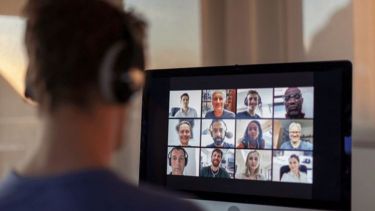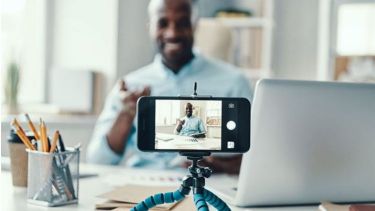
Accessibility in online learning encompasses the ability of all students to access their learning materials without barriers. There are two broad considerations that need to be taken in account when approaching creating accessible content:
- Providing content that is universally accessible for students and educators with visual, spatial, cognitive and/or specific learning difficulties.
- Delivering the content through a method that can be accessed on whatever technology students have available, whether that is on a range of devices (such as mobile or tablet) or older technology with more dated software.
This is not an exhaustive list of what to think about when creating or delivering universally accessible content, but it is a good place to start. Applying a learner-centred commitment to lessening the barriers to education is an important step in delivering a high-quality and inclusive learning experience.
However, these foundations aren’t just ‘nice to have’. Government regulations require public sector bodies to adequately meet accessibility standards and there are different standards depending on the content, the method and date of publication.
There is a wealth of information on JISC to help your institution meet the accessibility standards and your institution should have an accessibility statement covering their approach to supporting accessible learning.
When creating your accessible resources, the learning technology team at your institution should also be able to answer any questions you have regarding accessibility. But to get you started, here are some simple approaches you can take to avoid creating barriers in your content for some students:
- Try not to use colour to show differences in charts or graphs – use symbols or numbers, as well as colours, to emphasise the differences.
- Ensure text is readable by not using smaller font sizes and avoid densely packing text on screen.
- Make sure there is sufficient contrast if you are writing on a coloured background and avoid using text on images.
- Include downloadable transcripts for all audio or video resources.
- Include closed captions on recorded videos.
- Provide alternative text description on images, graphics and charts. Your learning technology team will be able to assist you in writing effective alternative text.
- Avoid including interactive elements that can’t be completed with a mouse or track pad alone, like some dragging activities.
The Home Office Digital has some clear and highly recommended infographics that cover the key approaches to creating accessible digital resources.
Digital Access
The second foundation of accessible content relates to digital access to resources. This refers to removing barriers to ensure that all learners can access their resources equally. Here are some things to consider, which could help to avoid potential digital access issues:
- Any journal articles that require subscriptions to be viewed by students should not be provided by your institution’s library.
- YouTube is censored in some countries.
- Box of broadcasts is intended for a UK audience and still not accessible worldwide.
- Software that can only be accessed by students through computers that are based on campus, such as statistics, media editing or computer-aided design software.
- Content that can’t be accessed or played on older operating systems or hardware.
While there are workarounds to ensuring access for all students to most content or resources, check with the terms and conditions of any supplier to make sure you aren’t breaching anything set out in the contract.
Where access to resources for all learners cannot be provided, it is best to look for alternatives, especially if this resource is essential to the course and a learner’s progress could be impacted if they do not have access to it.
Are you looking for ways to make your courses as inclusive and accessible as possible?
Pearson’s course design experts can help. Their specialist knowledge can assist you in creating a diverse and inclusive online course that is accessible to all students. Discover what Pearson’s course development service can do for your institution and get in touch for a consultation.

















